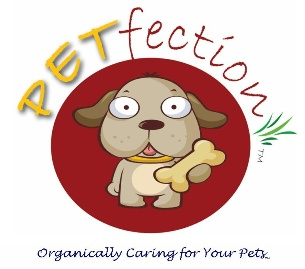Proper Dog Paw Care During the Winter December 30 2021
Proper care of your dog's paws can ensure they stay soft and pain free. Just like human feet, paws get a lot of beating. From freezing pavement and burning snow melt, to frying hot asphalt and burns, dogs depend on you as their owner to help care for their paws and keep them safe in all the elements. Part 1 of this blog post is all about proper paw care during the Winter.
During the cold, snowy months, dogs with long fur can attract snow and ice to the fur between their toes and create little snowballs. Not only are these hard to walk on, but they are freezing to your dog's feet. The little nerve endings in their paw pads and toes can can lead to frostbite. When a dog gets frostbite on his/her paws, the paws will change to a white or light blue color, then as the paws warm up and blood flow returns, the tissue with die will and change to black. PetMD has a great article on frostbite in dogs and provides some immediate treatment options as well as after care. You can read the article here.
To help prevent frostbite when taking your dog on a walk or letting them run in the winter months, we offer a few tips. 1) Keep the toenails short as long nails force the paws to spread open when walking and create a spot for the snow, ice, and ice-melt to stick. 2) Keep the fur in between the toes and paw pads trimmed as short as possible. Wet cold fur lowers the body temp and will make the paws more prone to frostbite. 3) Use waterproof booties. 4) Use Paw Cream before going out to moisturize the pads and fur. The beeswax and oils in it will help prevent snow and ice from sticking. You can also use it when your dog comes inside to add moisture back into the pads (think lotion for your own hands after being out in the cold). 5) When you arrive home consider wiping down your dog's paws. If there are frozen snow balls or ice on the fur, gently dip the paw into a bowl or cup of lukewarm water. Remember not to make the water too hot because those paws and toes are cold! They need to warm up gently. The water will help melt off the snow and ice, and improve blood flow.
Now just because you have your own dog prepared, think of other dogs out in your neighborhood. Be courteous of other dogs walking along your house and use only pet-safe ice melts. Pet safe ice-melts are salt-free, meaning they won't burn your dogs paw pads and toes while walking. Have you ever seen your dog shaking it's paw and leg after walking through salt-based melt? This is their way of trying to get the salt off as the burning sensation can occur immediately and is uncomfortable. Having a non-toxic option is the best because they are not harmful if your dog licks their paws right after walking through it. They are also safe for the environment and are non-corroding to the pavement.
Hopefully with all of the above information, you will feel prepared for the winter months and will enjoy walking your dog in the cold elements without the worry and headaches of frostbite and beat up paws.

